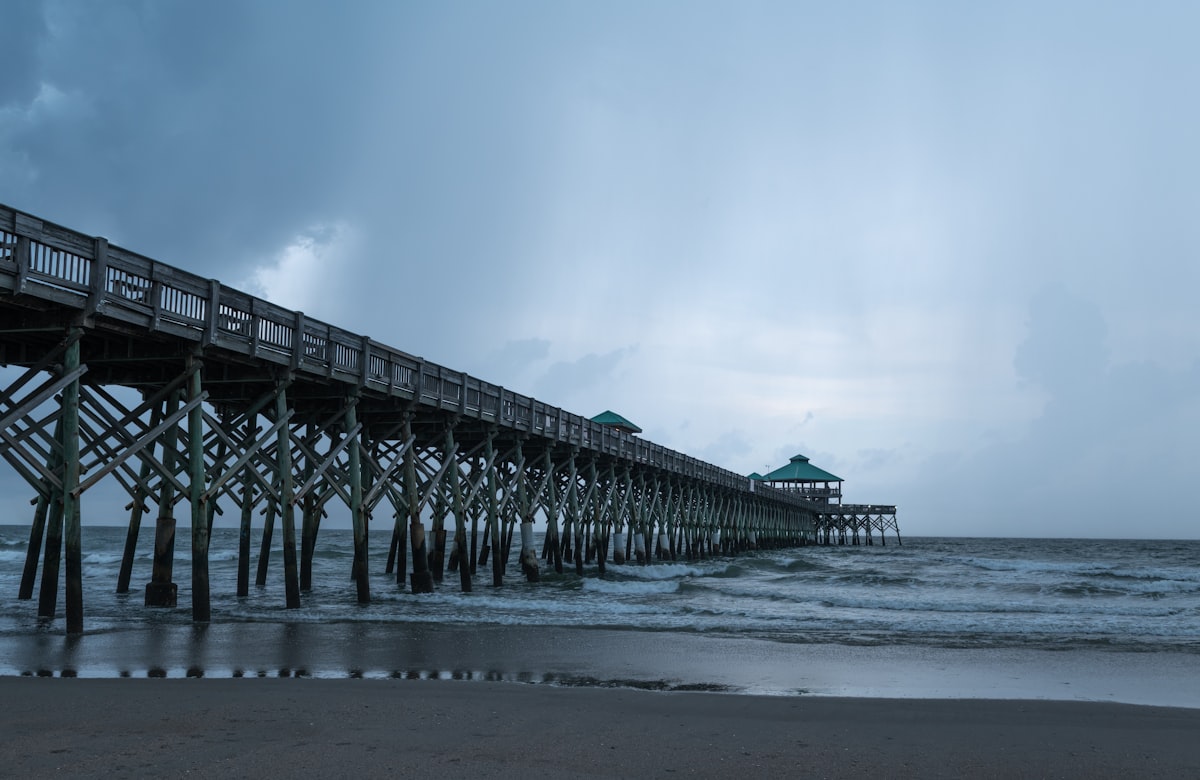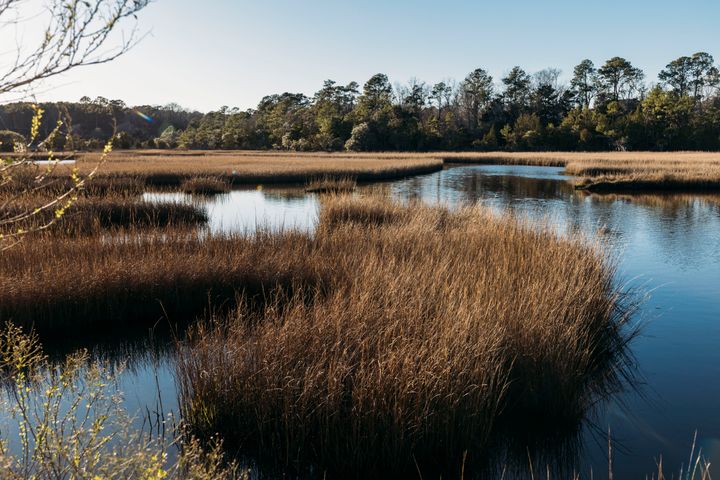What is a Climate Action Plan (CAP)?
The Charleston Climate Action Plan is the first step toward curbing greenhouse gas emissions in the South Carolina Lowcountry.

by David Quick
In a first step toward doing its part in curbing greenhouse gas emissions in the Lowcountry, Charleston City Council passed a Climate Action Plan.
What is a Climate Action Plan?
CAPs provide a localized framework — a planning document — for not only reducing or eliminating greenhouse gases that are heating our planet, but also bringing a wide array of potential quality of life improvements, including saving money, cleaning air and water, building equity in housing, food, transportation and safety, and preserving cultural richness.
Of course, CAPs are words on paper and none of those benefits will take place if elected officials and government administrators fail to implement the goals of the plan. And that means local groups, such as the Charleston Climate Coalition, must keep those goals at the forefront of policy decisions.
As the federal government continues to fail on acting on climate and many state governments don’t do much better, hope currently lies with cities and counties — both large and small — in taking solid actions.
More than a hundred have crafted CAPs in recent years, and not just the bastions of progress, such as Burlington, Vt., or Boulder, Colo., but Southern neighbors such as Asheville, Durham and Atlanta. Even conservative Greenville in the Upstate is currently creating a plan, minus the “c-word,” called the SustainableGVL Plan.
CCC plays a role
Charleston’s effort to create a CAP — which was expertly shepherded by city Sustainability Director Katie McKain — started in the fall of 2020 and involved the input from a diverse array of 150 experts, officials and other concerned citizens, including more than a dozen active CCC participants. People served on five committees focused on buildings, waste, transportation, carbon sinks and transportation.
McKain synthesized relevant elements from the decade-old Charleston Green Plan (which proverbially “sat on the shelf” the past decade), pertinent parts of other CAPs and the input of those committees into a plan, to be revisited every five years, that details 12 strategies and 51 action items to put the city on the path to a 56 percent reduction in carbon emissions (based on 2018 levels) by 2030 and net zero by 2050. The full Charleston CAP recommendations can be found online on the City’s website.
In two smaller local efforts, CCC helped urge both the Town of James Island and Charleston County Council to pass resolutions last winter acknowledging the risks of climate change and that action should be taken. Neither passed without scrutiny, and didn’t involve the wholehearted efforts of McKain, citizens and overwhelming City Council support of the CAP. Still, those resolutions are documents that can be referred back to in the event concerned citizens want to push for action.
Now and in the years ahead, the Lowcountry of South Carolina will be among the many coastal, low-lying regions of world that will be on the frontlines of climate change, notably the quintuple-whammy of flooding, sea level rise, hurricanes, extreme heat and periodic drought, not to mention unusual cold snaps due to resulting polar vortexes due to disproportionate warming in the Arctic.
Action, not words
Adapting to those extremes with expensive retrofitting of infrastructure will only buy us time as the human race hopefully works collectively on local, regional and national levels to decrease the pollution that is causing accelerated global heating and its resulting consequences.
Shortly after the Charleston CAP was passed, CCC’s Belvin Olasov told The Post and Courier about the significance of the document, saying: “You can’t solve a problem unless you have it clearly identified.”
Further action will have to be taken, and soon, by both City Council and other local governments to make the words on paper worth anything more than just that.
We need an array of people to study the CAP, urge their home municipality to pass one, and continue to press for action and support candidates who “get it” in elections this year, next year and beyond.


